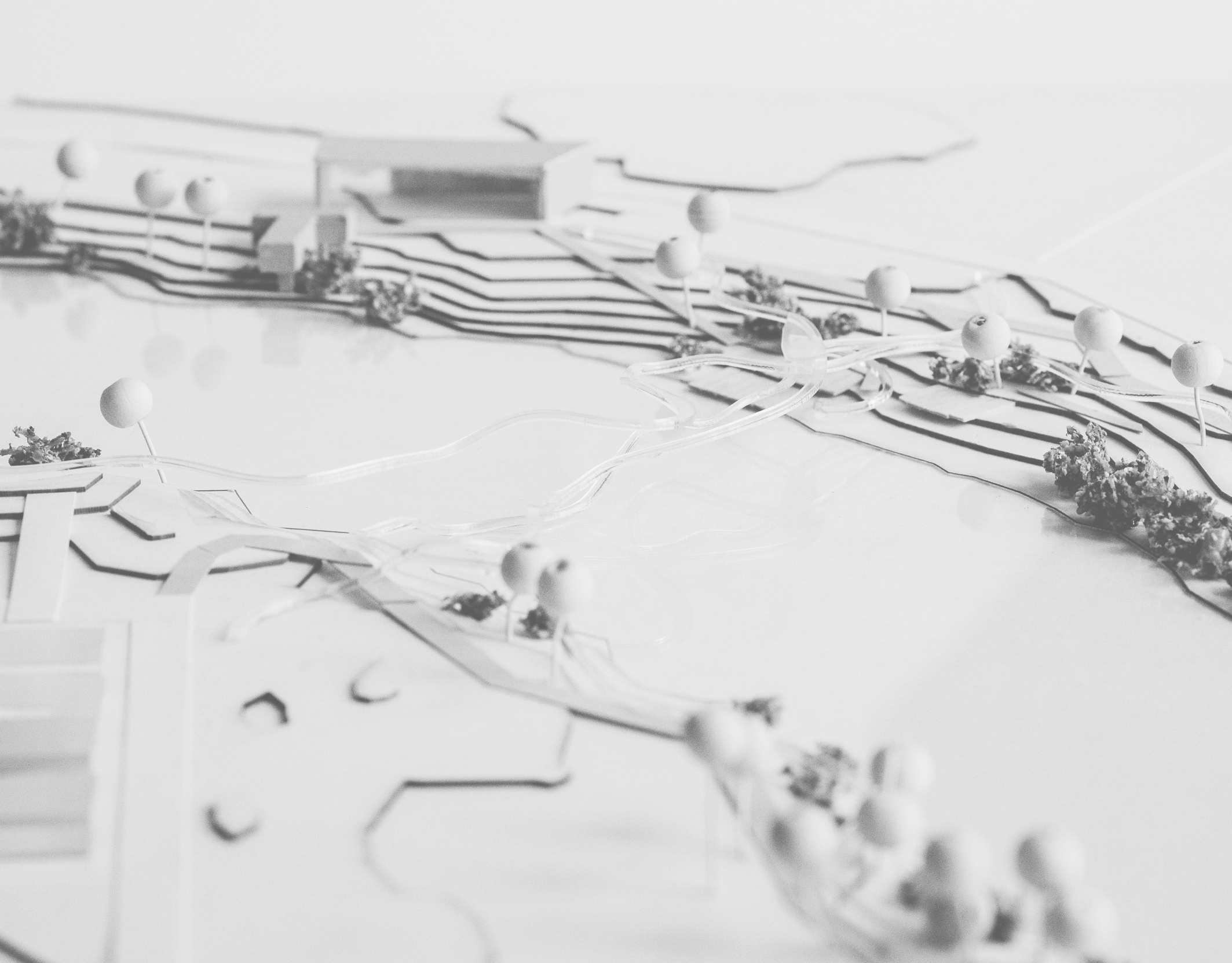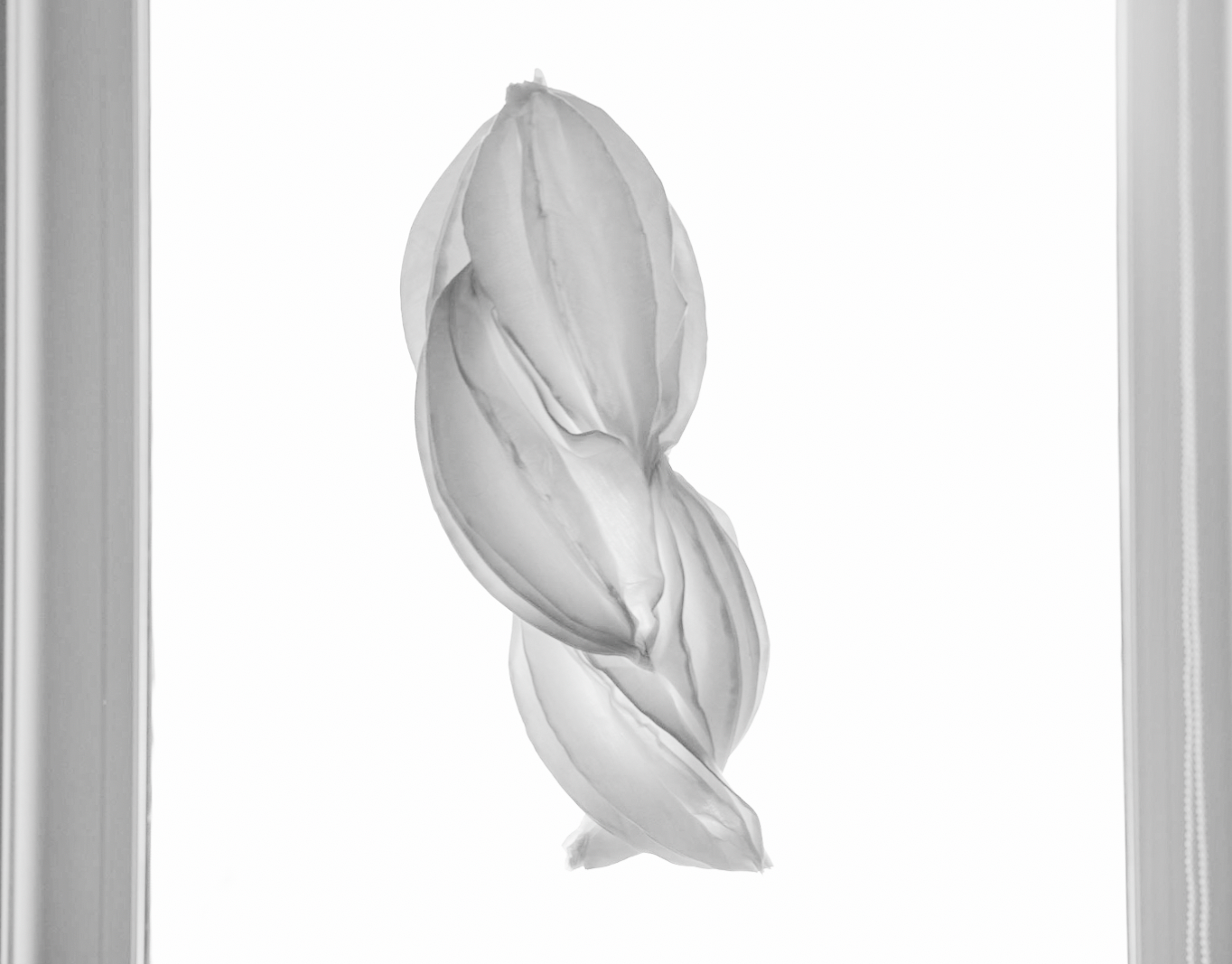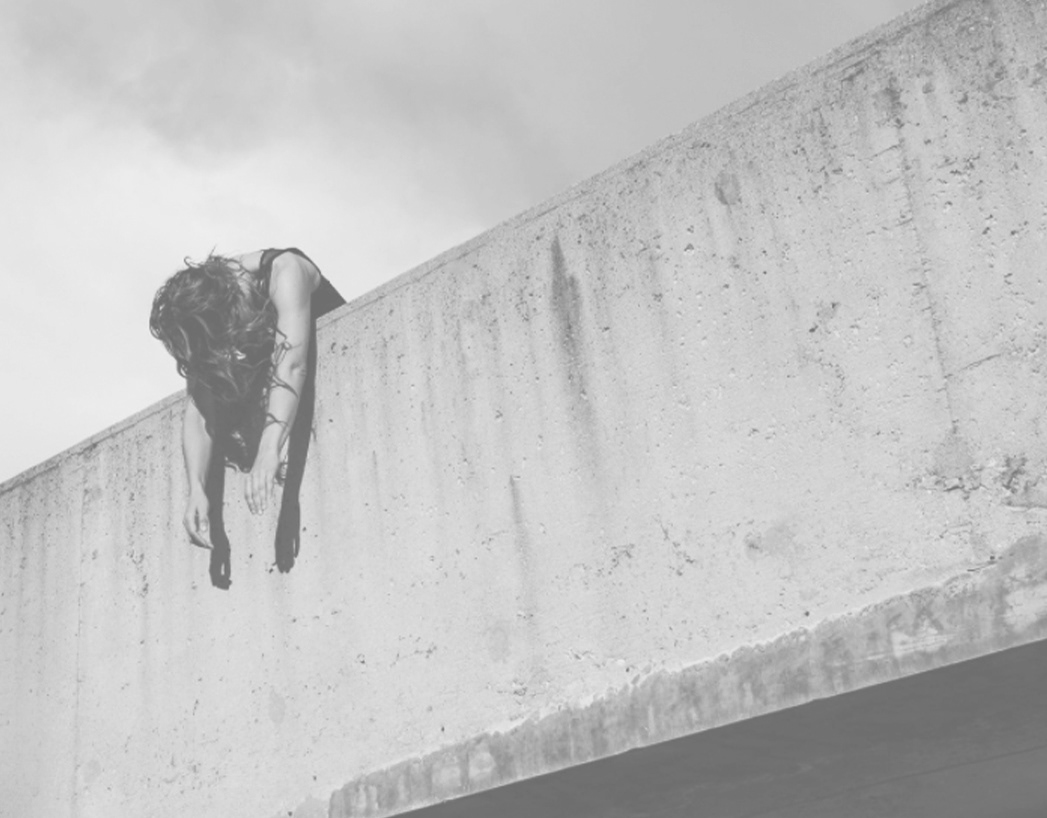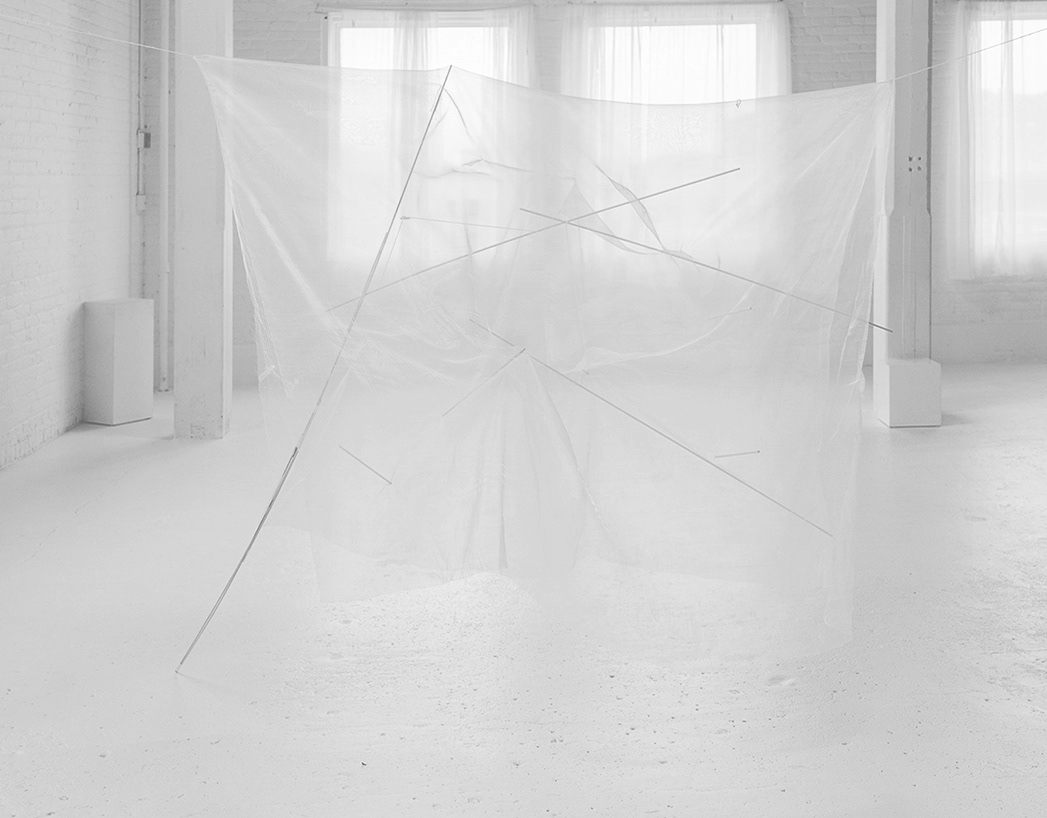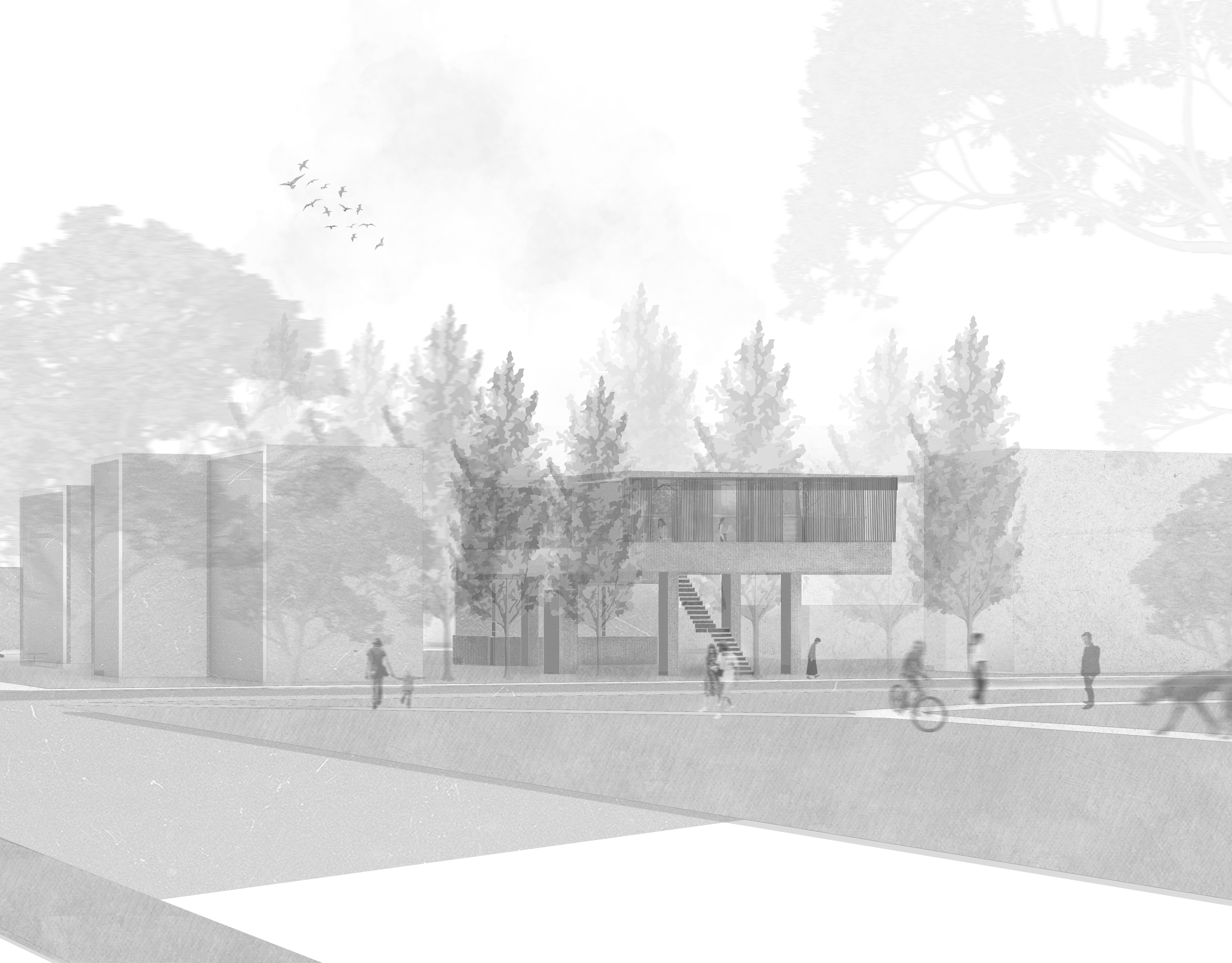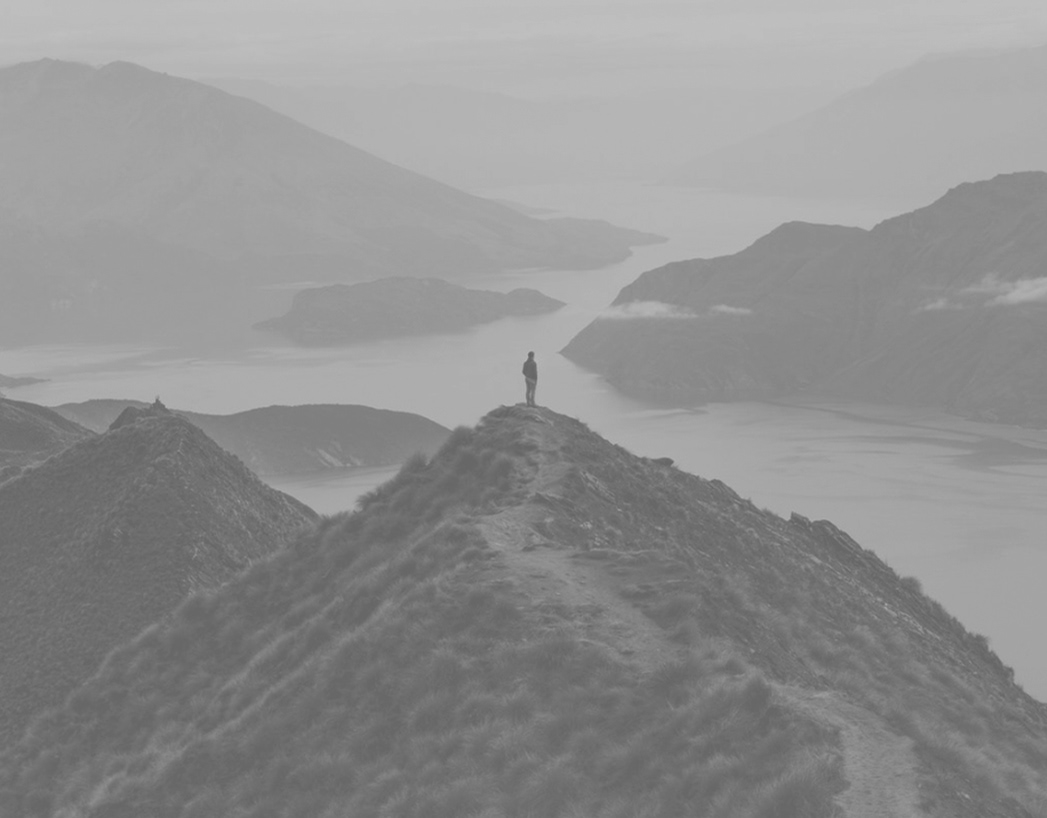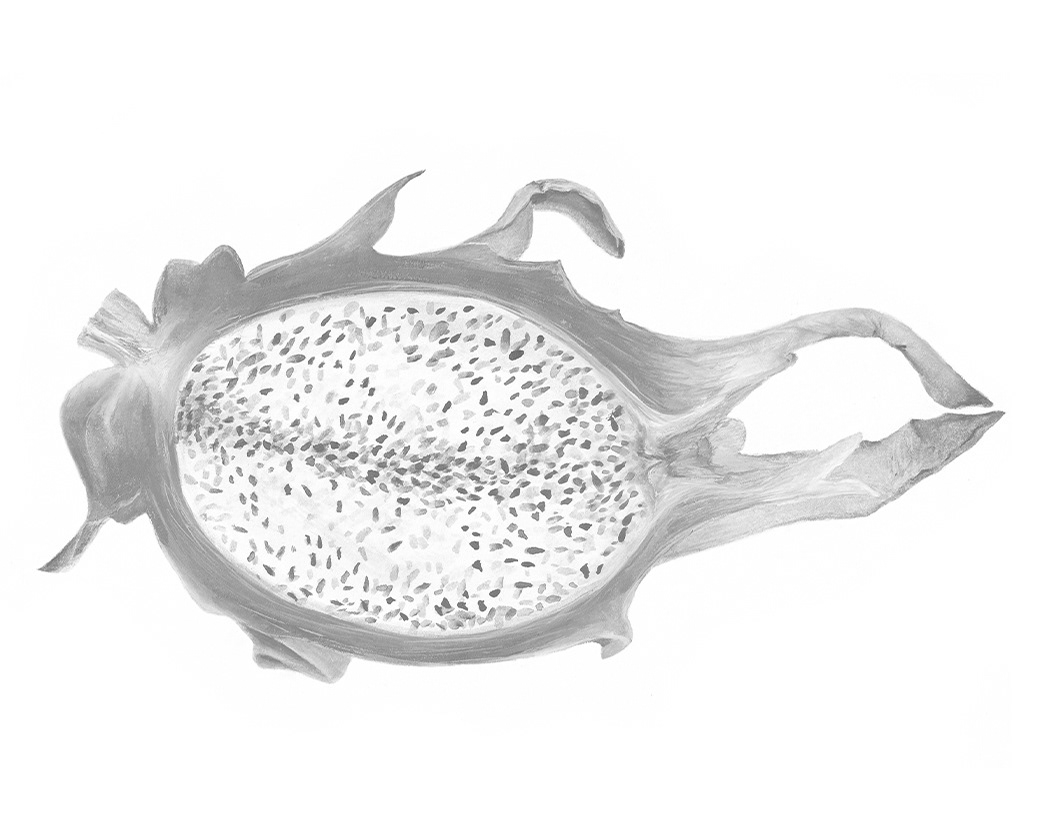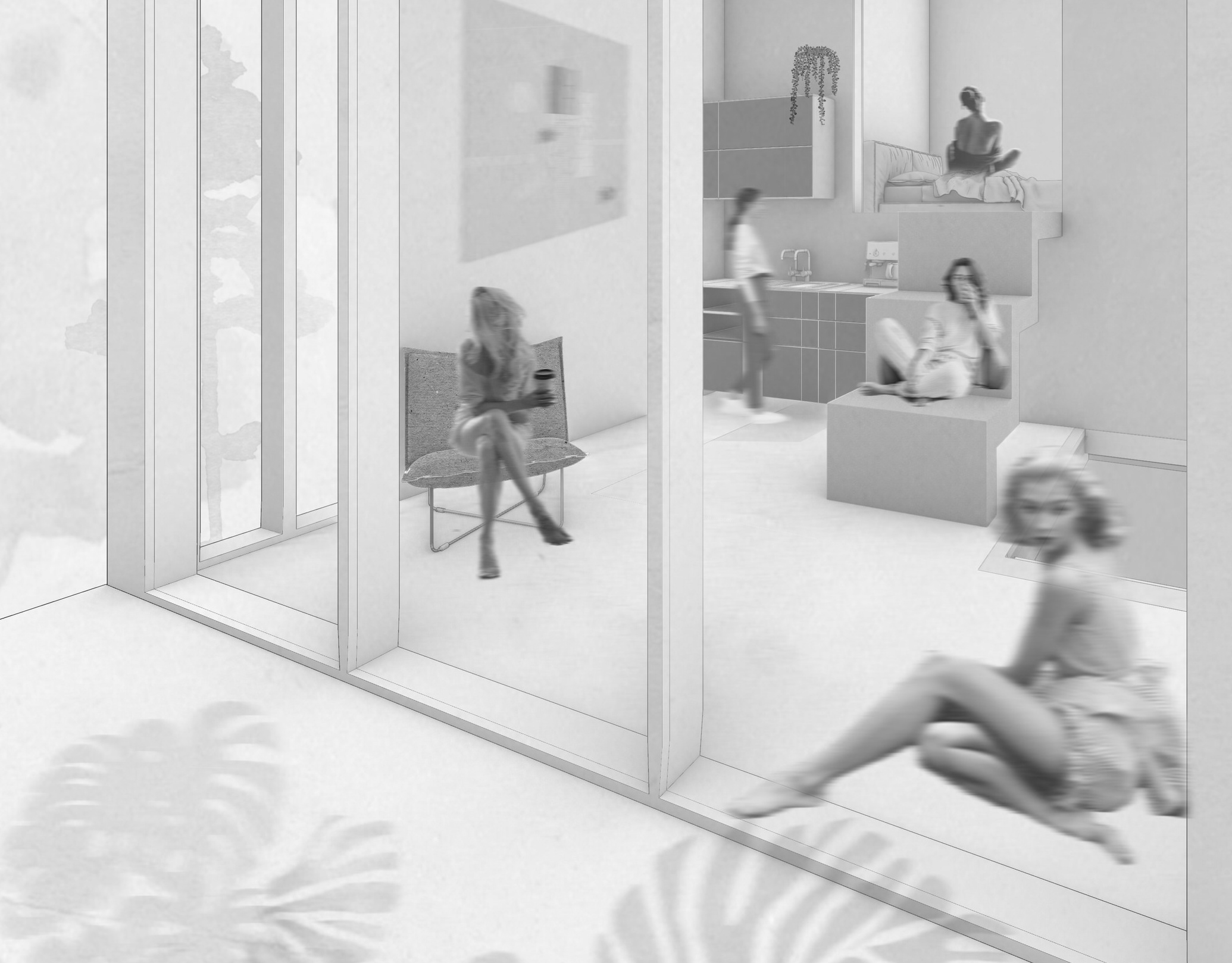P0 CURIOUS WALKS / September - December
BRIEF:
How does walking affect seeing, especially in contrast to other methods of encountering place? Can walk shape perception? How does the element of time affect your experience of walking? Are you the flaneur or the pilgrim? Explorer or migrant? How does walking change your relationship to your body, to the space around it? How does it impact your observations? Can a walk change you, and how? How can walking spatialize the city? what are the sensual experiences of walking?
INTENT:
The Curious Walk project is a journey through the neighbourhood and learning of careful observation and development of curiosity. It intunes me as a participant to pay attention to details of everyday life, to feel the emotions raised in a certain environment, analyze those emotions and then portray them.
/ PROMPT 1.0
Select a starting point within a short distance of your residence (+/- 1 block). Allow yourself to wander, drifting across the landscape for exactly 20 minutes, noticing details - sights, smells, sounds of your environment. Consider how your body is moving within this environment – Ex. are you relaxed, arms swaying, or rushed, head down and forward, walking with momentum? Bored? Tired? Alert? At the 20 minute mark, pause, observe and make a sketch to record a portion of your immediate environment, communicating your mood through the sketch. Carefully choose your medium as it relates to the environment and your mood. 2B, 4H, ink, pen etc. (be deliberate)
/ PROMPT 2.0
Beginning from the endpoint of your last walk, take 200 steps, then pause to take a photograph to document the essence of the place you have stopped. Do this four more times so that you have five individual photos communicating your 1000 step trajectory. Size 5" x 7", colour or black and white. Compose your photographs carefully, considering detail, horizon line, depth of field etc. (This is not a snapshot, but rather a carefully selected point of view.)
/ PROMPT 3.0
“To dérive was to notice the way in which certain areas, streets, or buildings resonate with states of mind, inclinations and desires, and to seek out reasons for movement other than those for which the environment was designed.” - Sadie Plant, The Most Radical Gesture
Beginning from the endpoint of your last walk, make a dérive (see definition above), locating within the environment a stopping place in/on which you can rest for a minimum of 20 minutes. Use the time to observe the palette of colours that make up your environment and translate these, via watercolour, to a painting, you may document the palette with photographs first and translate later, or work in situ.
/ PROMPT 3.0
Locate your last stopping point on a map similar in scale to the example provided. Allow a single drop of water, coffee, oil or ? to fall on the map from a point approximately 3 feet above it. Trace the irregular edge of the splattered spot – this is the route for your next walk, during which you will collect traces of human inhabitation. The collected objects are then to be engaged to create a collage. Photograph the map with droplet.
